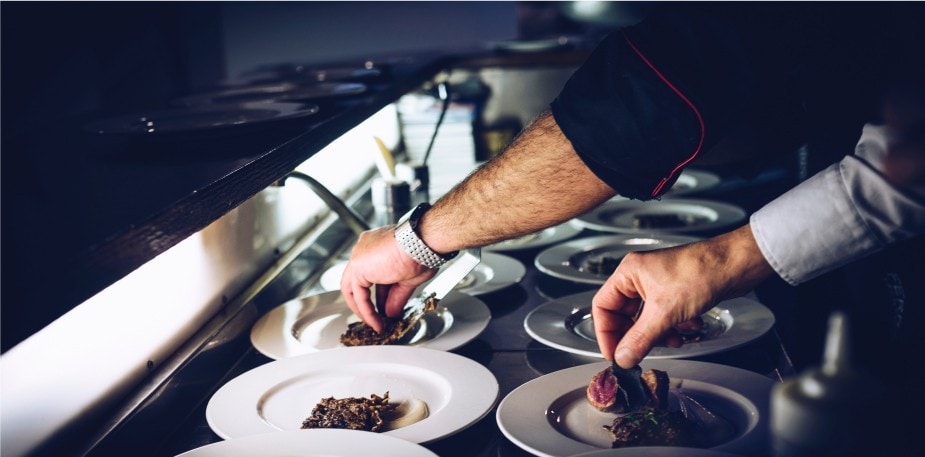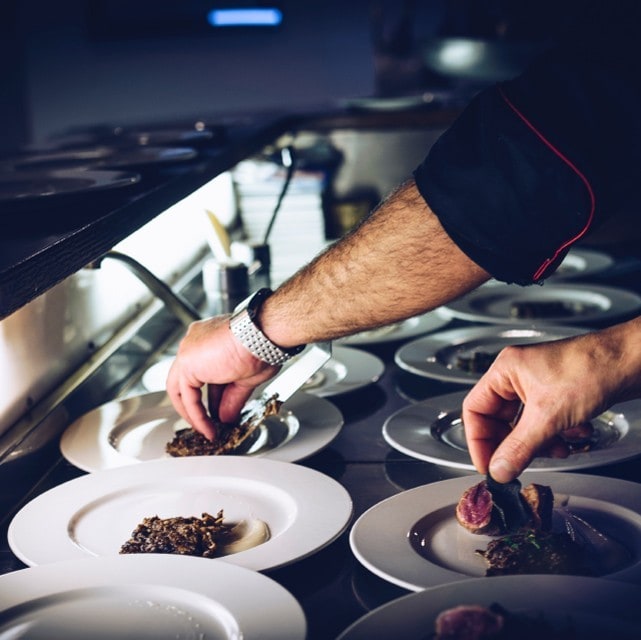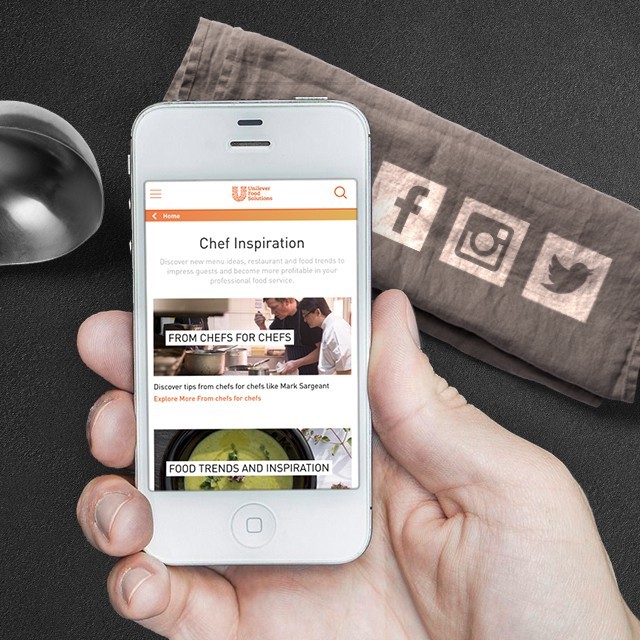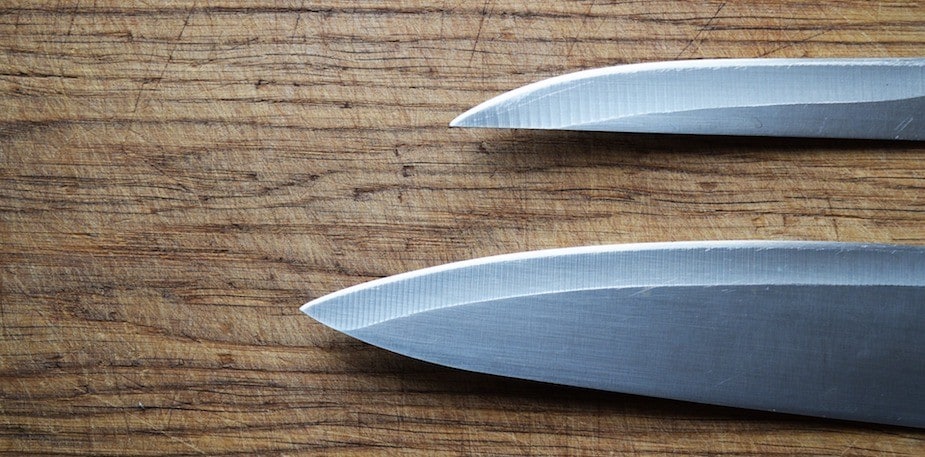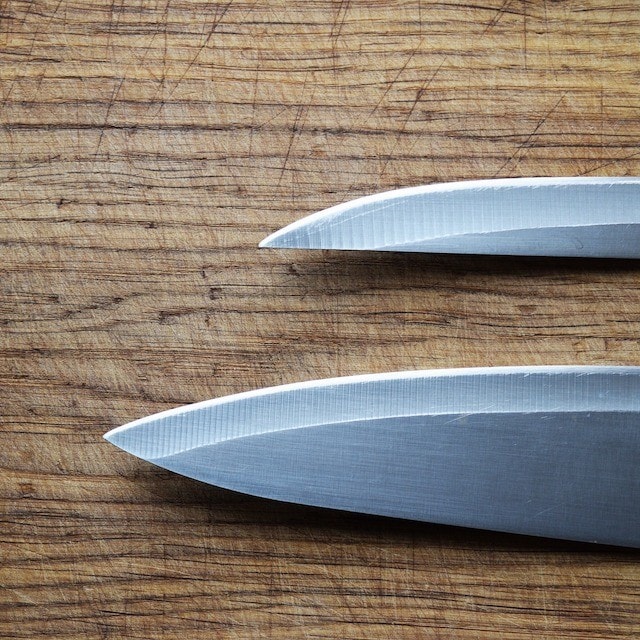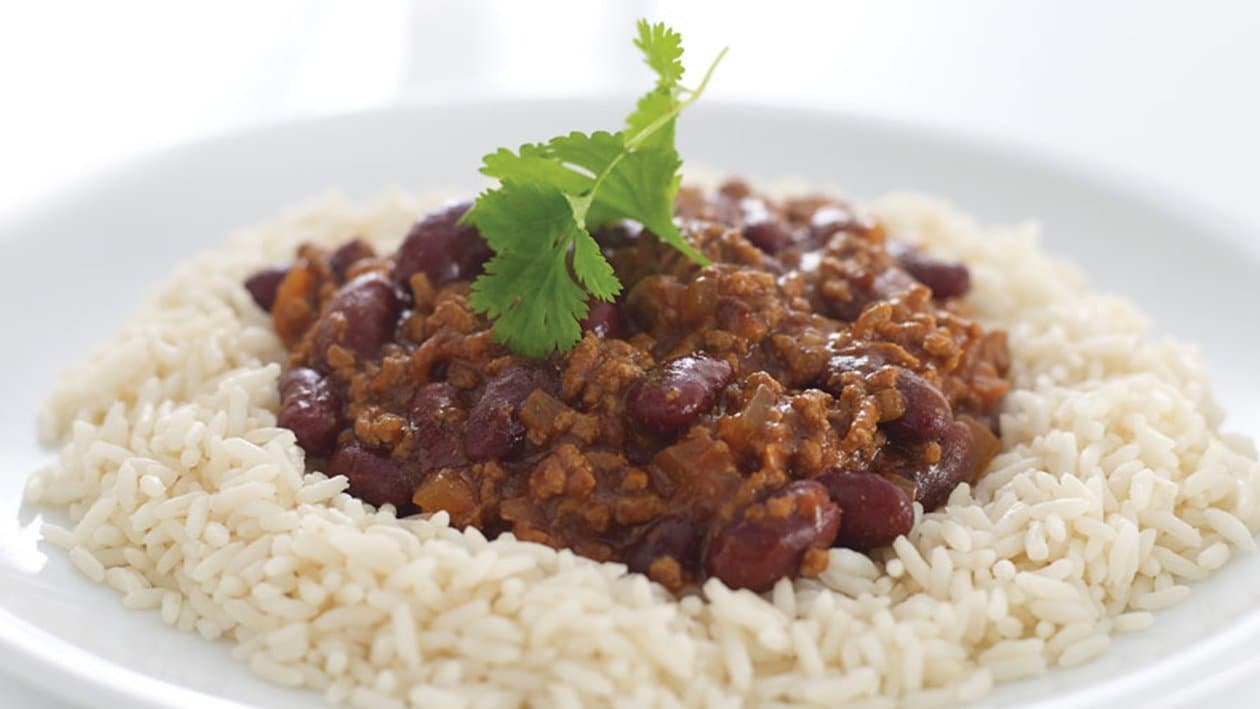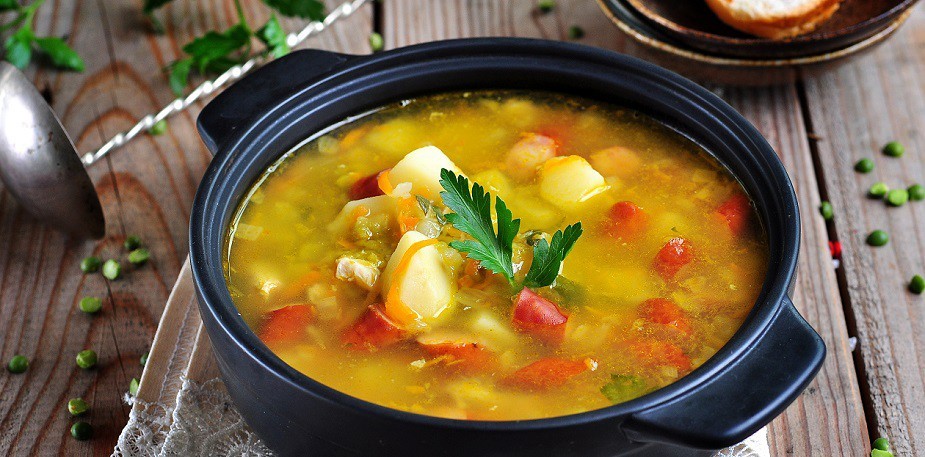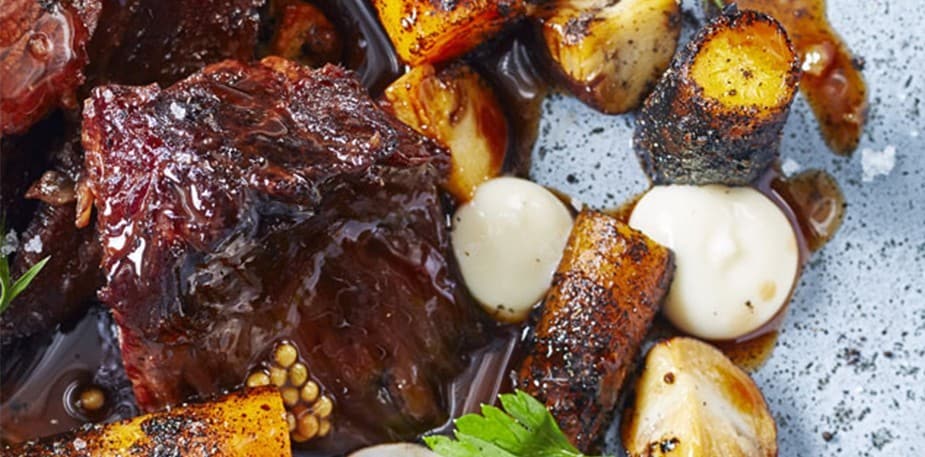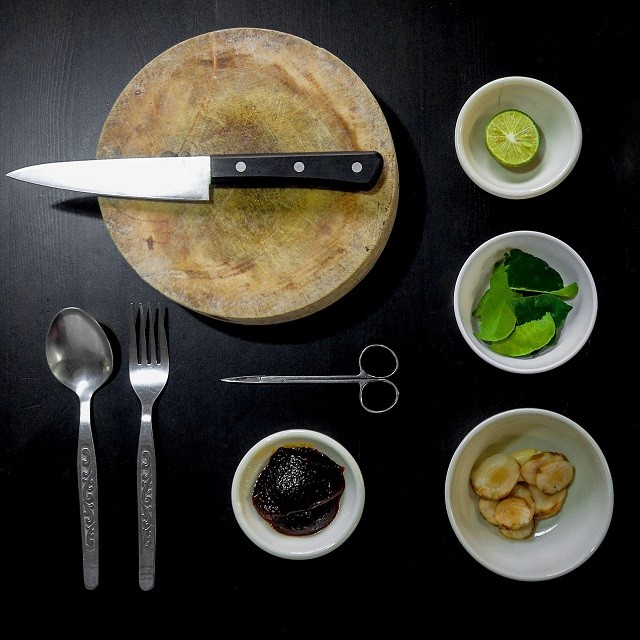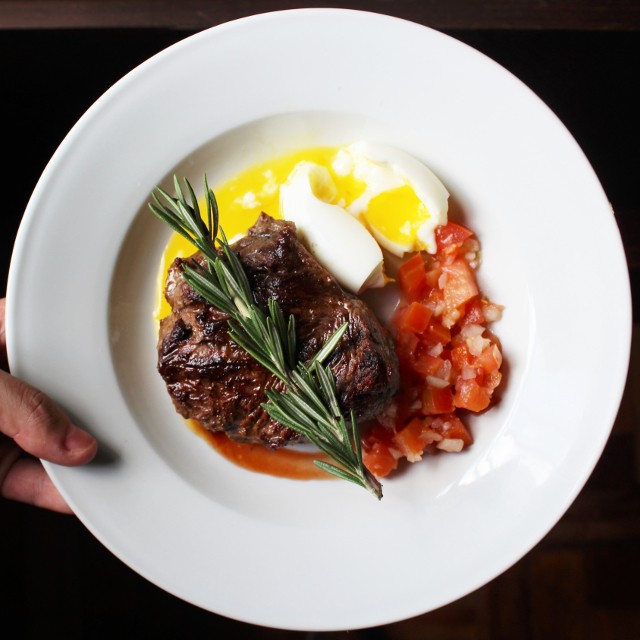Top Stories
From food preparation to kitchen safety and smart selling
-
![How do Chefs keep their staff from leaving?]()
![How do Chefs keep their staff from leaving?]() New
NewHow do Chefs keep their staff from leaving?
-
![Social Media Guide for Food Service Industry]()
![Social Media Guide for Food Service Industry]() New
NewSocial Media Guide for Food Service Industry
Features and Benefits of Facebook, Instagram and Twitter
-
![Top 4 knife brands for your kitchen]()
![Top 4 knife brands for your kitchen]() New
NewTop 4 knife brands for your kitchen
Happy Knife, Happy Life
-
![Yucatan chilli con carne and smoked paprika]()
![Yucatan chilli con carne and smoked paprika]() New
NewYucatan chilli con carne and smoked paprika
A classic chilli con Carne inspired by the Mexican cuisine. It is easily made from scratch and full of flavour by adding lots o...
-
![Slow braised Ox cheek & stout casserole with horseradish & parlsey dumplings by Alex Morte]()
![Slow braised Ox cheek & stout casserole with horseradish & parlsey dumplings by Alex Morte]() New
NewSlow braised Ox cheek & stout casserole with horseradish & parlsey dumplings by Alex Morte
Alex Morte is the Head Chef of Chelsea Court Place, London and one of our Kitchen Heroes. Try his recipe in your Care home as i...
-
![Knorr® Professional Vegetable Powder Bouillon 1kg]()
![Knorr® Professional Vegetable Powder Bouillon 1kg]() New Order product
New Order productKnorr® Professional Vegetable Powder Bouillon 1kg
Product Specification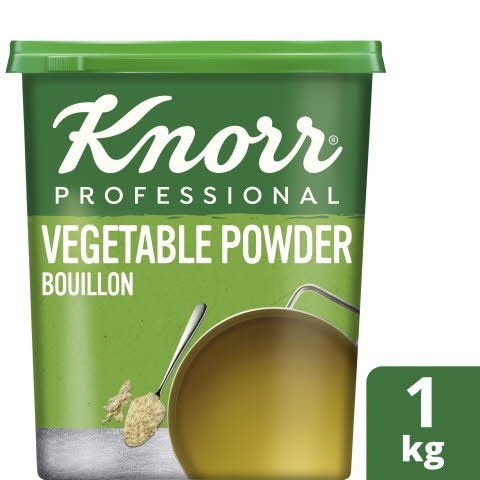
-
![How are Chefs dealing with slow months? How are Chefs dealing with slow months?]()
How are Chefs dealing with slow months?
Everyone knows how hard it can be after a busy Christmas ...Everyone knows how hard it can be after a busy Christmas, footfall dwindles, and sales can be slow. We spoke to Chefs to find out how they cope and how you can too!
New -
![Smart selling Smart selling]()
-
![Smart Preparation - The rise of "modern scratch" Smart Preparation - The rise of "modern scratch"]()
-
![Mise en place Mise en place]()
Mise en place
You, your kitchen and your food - be preparedBe perfectly prepared with our Mise en Place checklist.
New -
![Food safety. A checklist Food safety. A checklist]()
Food safety. A checklist
Read our 10 steps to food safetyKeep your food safe from truck to table with our 10 step checklist
New -
![Food safety - hazards and culprits Food safety - hazards and culprits]()
Food safety - hazards and culprits
Read up on Food Safety to refresh your knowledge“Safety first” as the saying goes.
New -
![Make Social Media Work Harder for You Make Social Media Work Harder for You]()
Make Social Media Work Harder for You
Learn how to use social media right for your businessSocial media done right can be a powerful, affordable marketing tool.
New -
![The Basics of Food Plating The Basics of Food Plating]()
The Basics of Food Plating
The 5 basic elements of food plating to present your dishes rightPresent your food right and impress your guests with our food plating tips.
New -
![Do's and dont's of social media Do's and dont's of social media]()
Related Articles
Sign up to get:
- Access to free Chef training's & upskilling tips
- The best recipes and tips from Chefs around the world
- How to future-proof your menu
- The latest culinary trends
